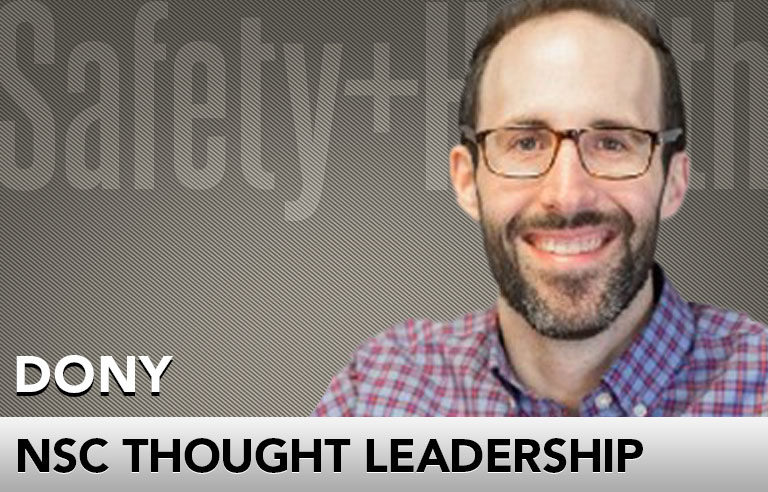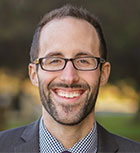NSC Thought Leadership: Does the future of EHS lie in what gets left behind?

If you were to browse the current slate of safety and health-related conference sessions, podcasts, white papers and LinkedIn posts, you could be forgiven for thinking that the only topic anyone is talking about in 2024 is artificial intelligence.
The rapid advancement of safety technology, in tandem with the even more meteoric rise of AI, has all but consumed the landscape. And if you remove safety and health from the equation, the story is more or less the same in every other profession.
Yet, over the years, even the most disruptive technology has never entirely removed the human from the overall work equation. We’re fortunate that “human-centric” innovation – in the form of concepts such as Human and Organizational Performance; serious injury, illness and fatality prevention; and Total Worker Health – has continued apace with advances on the technology side.
Like other leading organizations, the National Safety Council has sought to expose its members and stakeholders to emerging practices in both the technology and human-centric domains. And although we’ve done much to intertwine these conversations in ways that bring them together more, it wasn’t until our Future of EHS event in February in Louisville, KY, that it became evident to me that we may all be missing the point: The future lies not simply in the harmonization of these two streams, but in what gets left behind.
Let me explain. We’ve learned many lessons over the years that safety outcomes aren’t the result of any one process, system, technology, action or culture – they’re the result of the complex interplay between these factors. As we’ve advanced on our journey and recognized these interconnections, great progress has been made. For instance, think about how we could have ever gotten value and impact out of complex, proactive leading indicators without having the technology to report, analyze and act on a larger set of data than could be dealt with manually. The concept’s ability to be executed effectively required an equal innovation on the technology side to enable it.
Of course, this isn’t always true – “philosophies” or approaches such as TWH can be enacted without necessarily putting particular technologies in place. But one way or another, as new ways of thinking about and doing the real work of safety and health prove to be successful, what matters isn’t only what we’ve gained, but how quickly, easily and completely we’ve left the past behind.
Consider a workforce before and after an organization implements a successful HOP or TWH approach. There’s no stronger recipe for culture change and adoption than just … making things better. And although there’s certainly great value in the realization of human and technological synergies, there’s even more value in generating complete and total buy-in. It’s the reason that a world without smartphones now seems almost quaint, less than 20 years since Steve Jobs held the first iPhone in his hands on stage in California.
So, in Louisville, when I heard Doug Pontsler from the Center of Visual Expertise speak to the critical interplay of humans and technology; when I listened to L. Casey Chosewood, director of the Office for Total Worker Health at NIOSH, suggest “belonging” as one of the potential best indicators of safety and health and business performance; when I watched brave EHS professionals share their heartfelt stories of why safety is personal for them, what hit me most wasn’t the amazing innovations themselves so much as how readily they show us a world that’s different – better – than the one we lived in moments before. Isn’t that what safety is all about?
 John Dony is vice president of workplace strategy at NSC. In this capacity, he leads vision and strategic direction for the NSC Workplace Practice, including for thought leadership programs and offerings such as the Campbell Institute; Work to Zero; SAFER; the MSD Solutions Lab; NSC Networks; and NSC’s array of training, survey and consultative services.
John Dony is vice president of workplace strategy at NSC. In this capacity, he leads vision and strategic direction for the NSC Workplace Practice, including for thought leadership programs and offerings such as the Campbell Institute; Work to Zero; SAFER; the MSD Solutions Lab; NSC Networks; and NSC’s array of training, survey and consultative services.
Post a comment to this article
Safety+Health welcomes comments that promote respectful dialogue. Please stay on topic. Comments that contain personal attacks, profanity or abusive language – or those aggressively promoting products or services – will be removed. We reserve the right to determine which comments violate our comment policy. (Anonymous comments are welcome; merely skip the “name” field in the comment box. An email address is required but will not be included with your comment.)

